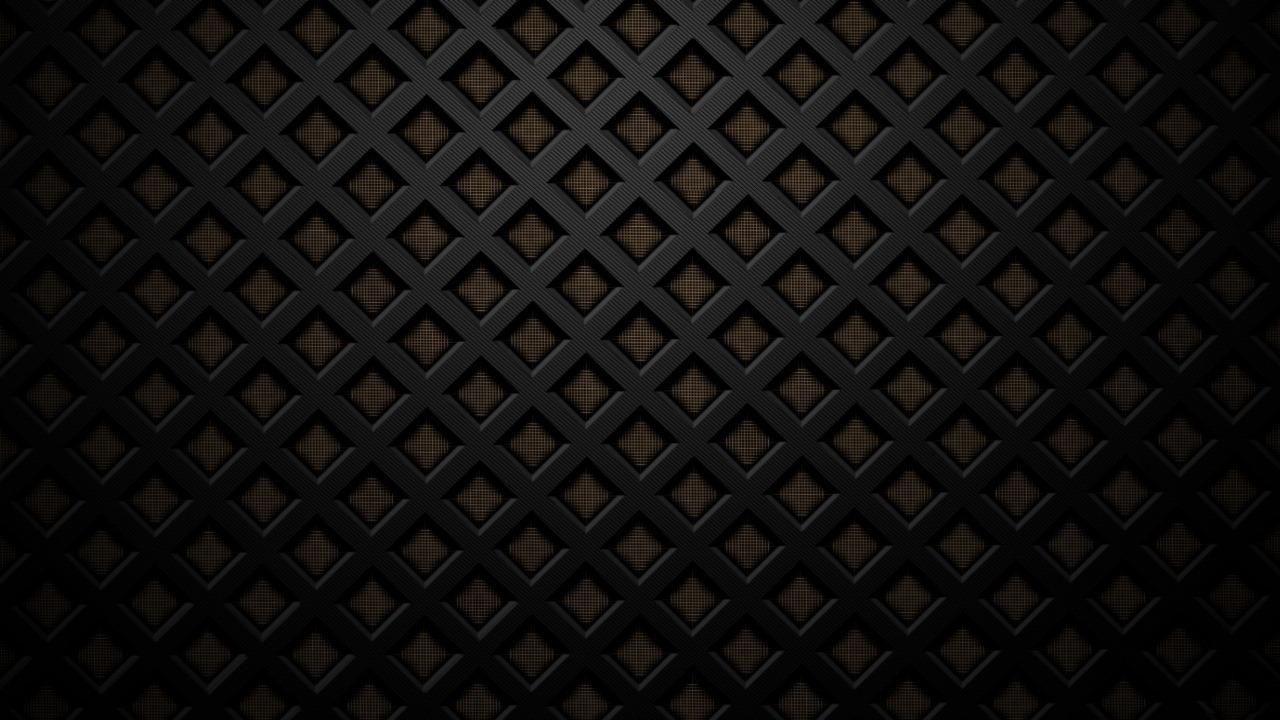Blown vs Batt Insulation: Which Is Best for Your Home’s Energy Efficiency?

When it comes to improving your home’s comfort and energy performance, insulation plays a vital role. Whether you’re building a new property or upgrading an existing one, choosing between blown vs batt insulation can significantly influence how well your home retains heat, reduces noise, and lowers energy bills. This guide breaks down both types, helping you make an informed decision about what best fits your needs, budget, and property layout.
Understanding the Purpose of Insulation
Insulation serves as a protective barrier that slows down the transfer of heat between your home’s interior and the outside environment. In winter, it keeps warm air indoors; in summer, it prevents outdoor heat from penetrating your living space. The result is a comfortable, energy-efficient home that requires less heating and cooling effort.
There are several forms of insulation available today, but the debate often narrows down to two leading options: blown-in insulation and batt insulation. Each has its own advantages, limitations, and ideal applications.
What Is Blown-In Insulation?
Blown-in insulation, sometimes called loose-fill insulation, consists of small particles of materials such as fiberglass, cellulose, or mineral wool. These particles are literally blown into wall cavities, attics, or floors using specialized equipment.
Key Characteristics of Blown-In Insulation:
-
Material Composition: Often made from recycled materials, such as cellulose derived from paper products or fiberglass spun from glass.
-
Installation Process: Requires a professional to use a blowing machine that distributes the material evenly across the desired area.
-
Best For: Attics, hard-to-reach spaces, and irregularly shaped areas where cutting batt insulation would be difficult.
The biggest advantage of blown insulation is its ability to fill small gaps and crevices that might otherwise be left uninsulated. This makes it an excellent choice for older homes or renovations where structural irregularities are common.
What Is Batt Insulation?
Batt insulation, on the other hand, comes in pre-cut panels or rolls made primarily from fiberglass or mineral wool. It’s typically installed between wall studs, ceiling joists, and floor beams.
Key Characteristics of Batt Insulation:
-
Material Composition: Fiberglass batts are the most common, though some versions use natural fibers or mineral wool.
-
Installation Process: Sheets are manually fitted between framing elements, often with paper or foil facings to act as vapor barriers.
-
Best For: New construction or open-wall projects where space is accessible and uniform.
Batt insulation has been a long-standing favorite due to its simplicity and affordability. It’s especially efficient when walls and ceilings are open, making it ideal during the early stages of construction or remodeling.
Comparing Blown vs Batt Insulation
Let’s explore how these two insulation types differ in performance, cost, and practicality.
1. Energy Efficiency and Coverage
Blown-in insulation tends to offer more consistent coverage, filling small gaps that batts might miss. Its loose-fill structure allows it to conform to irregular spaces, reducing the risk of air leakage. Batt insulation, while effective in straight, open areas, may leave small voids if not installed precisely.
2. R-Value Performance
The R-value measures how well insulation resists heat flow. Both blown and batt insulation can achieve high R-values, but performance depends on the material and installation quality.
-
Fiberglass blown-in insulation typically offers an R-value between R-2.2 to R-3.8 per inch.
-
Fiberglass batt insulation ranges from R-2.9 to R-3.8 per inch.
The difference may seem small, but consistent coverage from blown insulation can yield higher real-world efficiency.
3. Installation Time and Accessibility
Batt insulation is relatively easy to install when spaces are open and framing is visible. However, once walls or ceilings are enclosed, adding more batts becomes nearly impossible without major renovation. Blown insulation shines in this area—it can be added through small holes in existing walls or ceilings without extensive demolition.
4. Cost Considerations
Cost varies depending on the insulation type, labor, and coverage area. Generally:
-
Blown-in insulation costs more for installation due to specialized equipment and labor.
-
Batt insulation tends to be cheaper and can be installed by homeowners in simple applications.
However, blown-in insulation may save more on long-term energy bills, offsetting the higher upfront expense.
5. Longevity and Maintenance
Batt insulation can shift or compress over time, especially in high-traffic attic spaces, reducing effectiveness. Blown-in insulation settles slightly but continues to fill gaps effectively. When professionally installed, both options can last decades with minimal maintenance.
Which One Is Better for Your Home?
Choosing between blown vs batt insulation depends largely on your home’s design, age, and specific goals.
-
For Older Homes: Blown-in insulation is usually the superior choice. It can be installed in tight or irregular spaces without removing drywall and provides excellent air sealing.
-
For New Construction: Batt insulation is more practical since the walls are still open. It’s easy to handle, cost-effective, and offers predictable results when installed correctly.
-
For Attic Upgrades: Blown-in insulation often wins here. It provides uniform coverage across joists, wiring, and ductwork, areas where batt insulation would be difficult to fit properly.
The Hidden Impact on Home Efficiency
The insulation you choose affects more than just temperature. Proper insulation also influences:
-
Moisture Control: Reducing condensation that can lead to mold or rot.
-
Noise Reduction: Damping sound between rooms and from the outside.
-
HVAC Longevity: Lower energy demands mean less strain on heating and cooling systems.
Poor insulation, no matter the type, can undermine these benefits. That’s why correct installation and professional assessment are crucial.
How Professional Expertise Makes the Difference
This is where companies like Envirotech Exteriors stand out. Their experienced team understands the importance of protecting homes from the elements, not just through quality eavestrough systems but by ensuring proper insulation complements overall weatherproofing. A well-insulated home paired with an efficient eavestrough system creates a complete defense against water damage, heat loss, and costly energy waste.
Whether you’re in Kitchener-Waterloo, Burlington, Hamilton, or Niagara, their professionals can assess your property and recommend the best solutions for long-term comfort and durability.
Looking Ahead
As homeowners continue seeking smarter, more sustainable living environments, insulation choices like blown vs batt insulation will remain central to that conversation. The best decision isn’t always about cost—it’s about finding the right balance of efficiency, comfort, and protection.
With the right materials, expert guidance, and a thoughtful approach, your home can stay comfortable year-round while cutting energy waste. So, when planning your next upgrade, which insulation type will truly meet your home’s needs—and stand the test of time?








